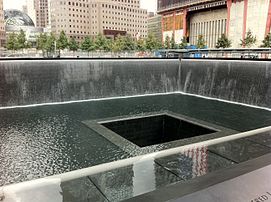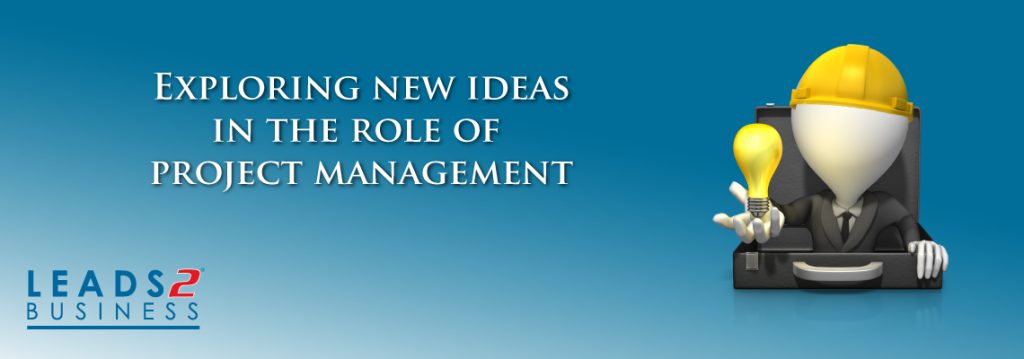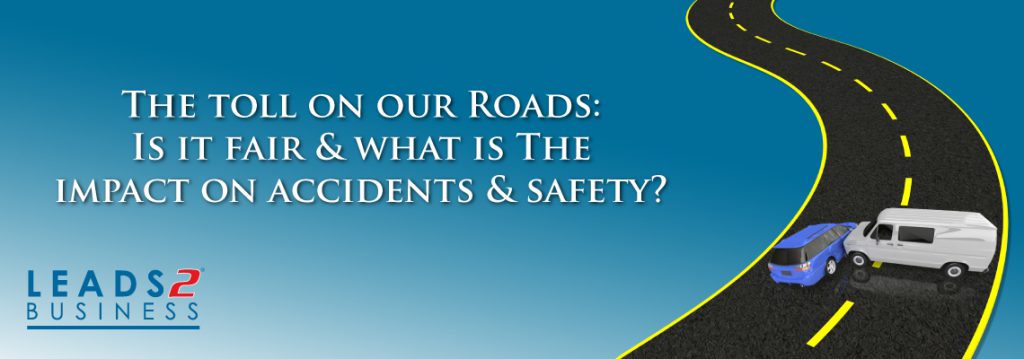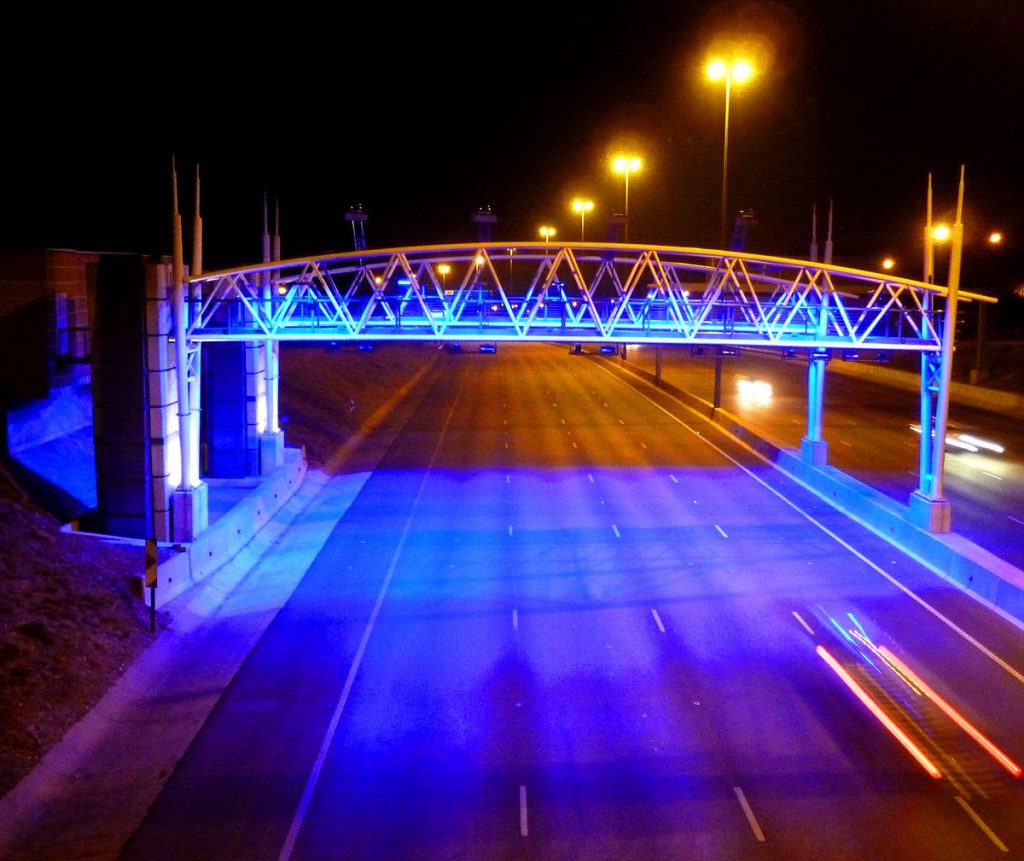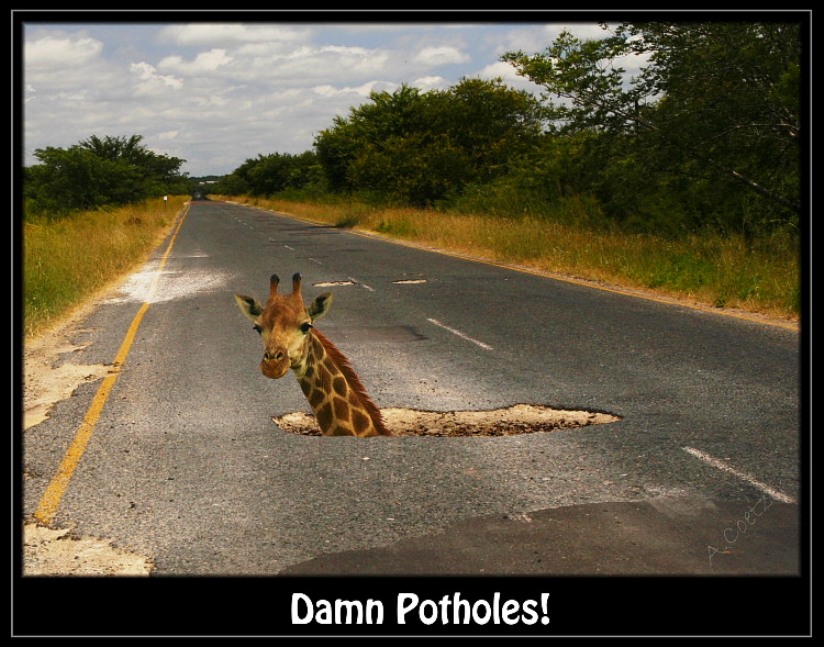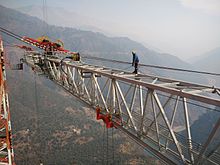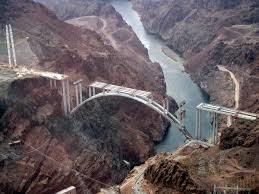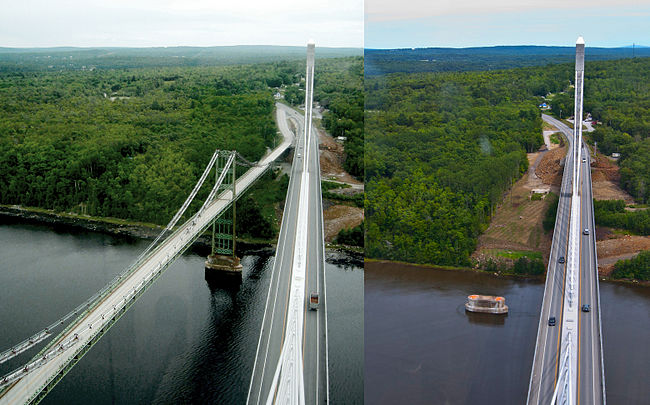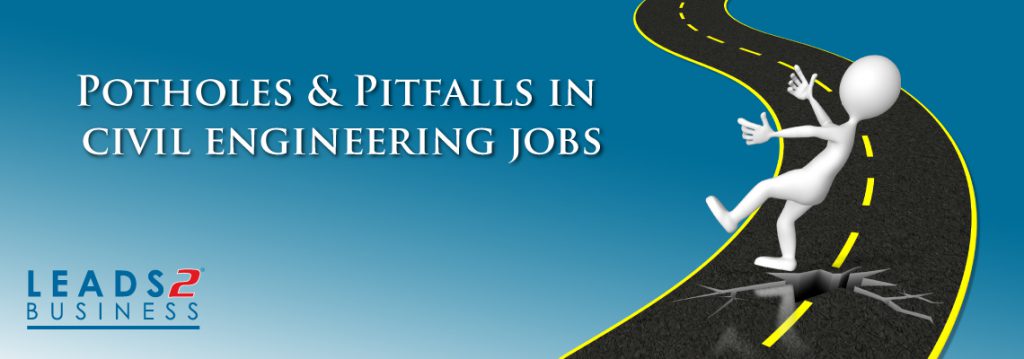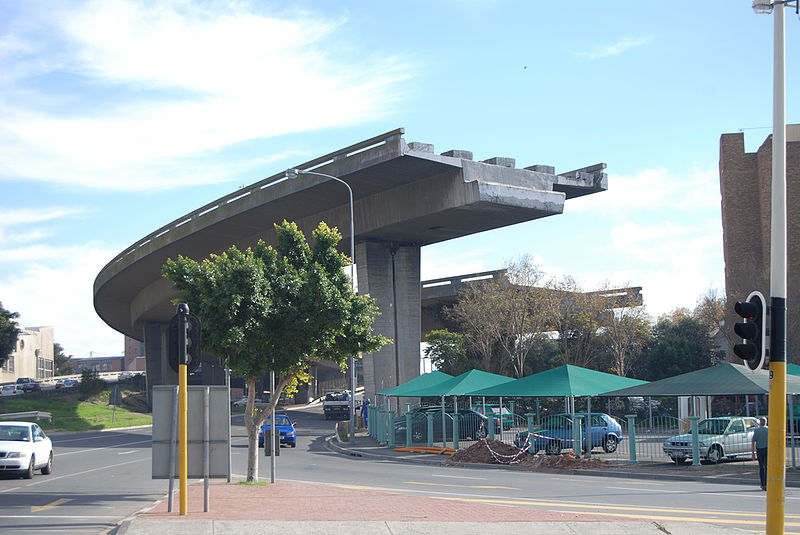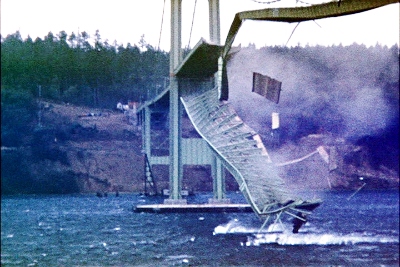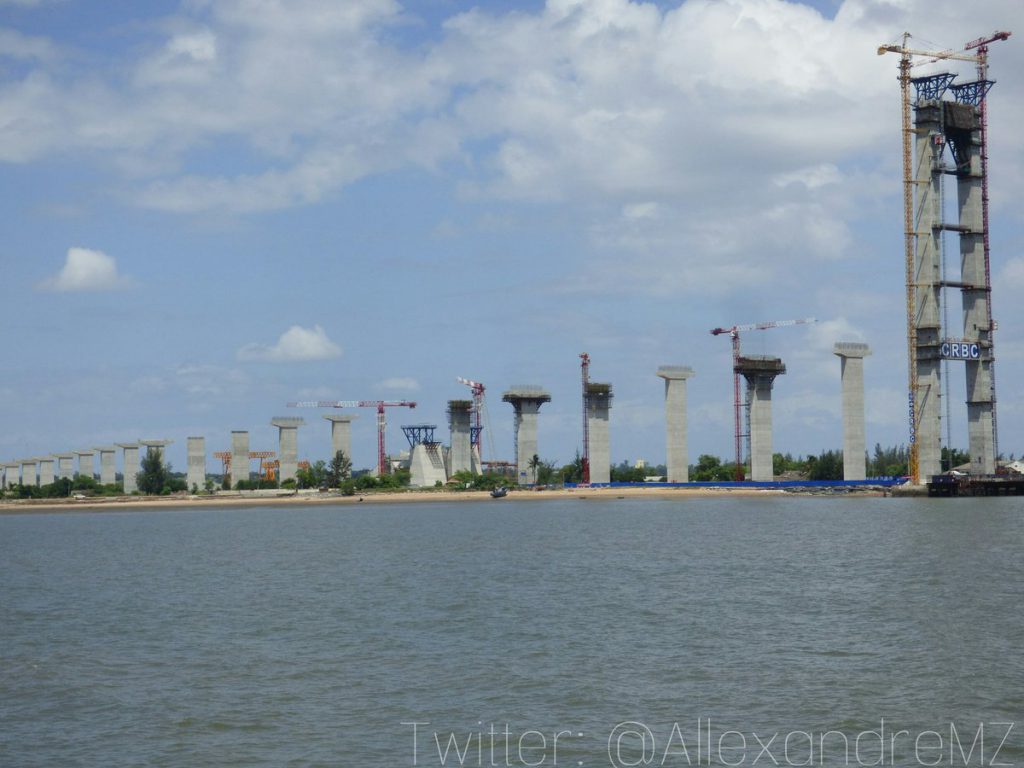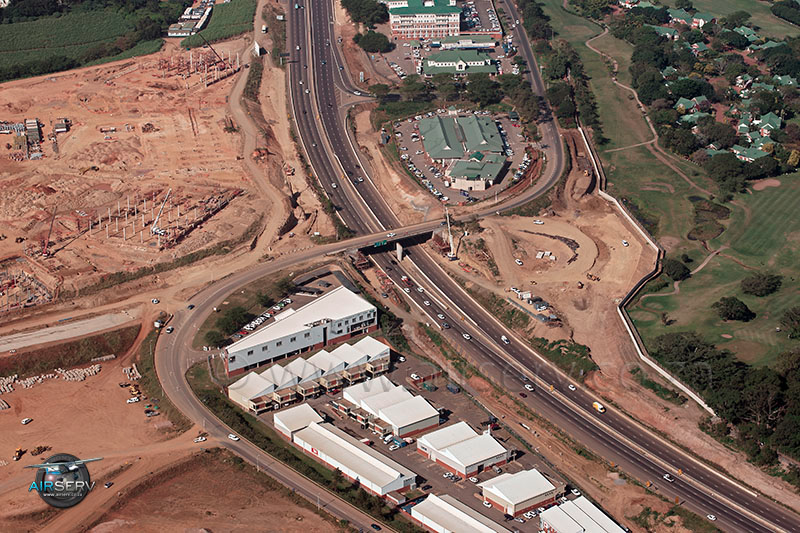
10 (or 11) tips for recruiting great Project Managers
There are many steps that need to be taken when a new position at your firm has opened.
- Detailed job description needs to be indicated
- Advertising of the position
- Finally Interviewing the candidates….. this is what my blog is going to focus on.
Interviewing many individuals for a new position can be hectic and some may find this stressful. It’s not only the questions you have to put together for the interview, but also other aspects you would need to consider before hiring any particular person.
There are questions you would need to ask the interviewee and questions you would need to ask (and answer) yourself!
Interviewing people is not something that I do personally. I myself am an employee of Leads 2 Business, hiring or firing is not part of what I do and I can’t imagine that this is easy. This is the responsibility of our HR manager, Director and ultimately the CEO’s decision – scary I know… but they know what they are looking for in a person.
Possible questions you as an interviewer would need to ask (and answer) yourself could be:
- Do I like this person? Well that’s rather rude! First impressions do however count though and judging is something we as humans do and rightfully so.
- Would they “fit in” and get along with the other staff or team? Can they delegate? Work as a team? And more importantly, do they love dogs?? – how else are we meant to have conversations about things we have in common?
- Are they good at decision making – would they make the right choice for your company and for the success of the project?
- Can you trust them? (who knows? we have only just met them. Susan could be a wonderful candidate or a horrible one).

Source
Your answers are all based on how you perceive the person, the ‘feel’ you get from them and it’s very difficult as you can only discover so much about a person during this short interview. It’s like judging, using those short 30 minutes you have with them, this is quite daunting as the person being interviewed might know this.
There are many questions you can ask in an interview, but the “right ones” can help shed the light on the persons behaviour and beliefs and answer some of the questions above that we set out for ourselves.
There are tons of books with standard or possible interview questions and answers. People buy these, or read them online and the whole interview then feels rehearsed as they have memorised the answers.

This is quite annoying and not to mention “cheating” in a way LOL.. because they are telling you what you want to hear and acing the interview and who knows what they are really like behind those false statements that they have spent hours in front of the mirror rehearsing? Is that what Susan really believes or is she just saying what the book suggested? Maybe she hates dogs.. Gasp…shock and horror!! We will never know. But there is a glimmer of hope because below are a few questions directed at Project Manager interviews that are more personal and a bit more direct so that we can find out if this is the correct person for the job, based on their own experiences.
10 Questions when interviewing for a Project Manager position:
1. Time Management – As a project manager, what do you spend most of your time doing each day?
Acceptable answers would depend on the work environment and the position. If they see themselves spending time with clients and out on the road then this is wonderful if you are looking for someone who does that. A project manager visits clients most days of the week.
If they see themselves as stuck in front of a computer all day – great! If this is the type of PM you are looking for.
Any answer could be suitable and it’s a good idea to ask what they do with their time?
But there are several wrong answers – “Twitter, Facebook, Whatsapp and LinkedIn” I believe would not be the best answer and not a good idea to mention. Nobody wants to hear that you are on social media all day uploading selfies at your new desk with an #AwesomeCupOfCoffee (which I might add that we are lucky enough to enjoy at our offices) The coffee – not the selfies:)

Source
2. Flexibility – What type of Projects do you not like?
Project managers work on a lot of projects and most of these projects are allocated to them, not chosen by them, so they could be stuck with a project that they are not really into.
A bad answer here would be if they state outright that they “do not work on Road Projects”, that’s a bold and specific statement. How about trying, “I prefer retail and residential projects and not so much the road and civil projects. But I won’t say no to these. “Well done!! – 10 points – That my friend, was a wonderful answer, you’ve shown what you like and don’t like and your flexibility. Gold Star!!

Source
3. Rating – Rate yourself as a project manager and your job / career from 1- 10?
Oooh now this could be interesting. This should be able to show you how the person perceives themselves and their career. How valuable they feel and if this is their career choice or if they might be using it as a stepping stone until they find “something better.” Do they enjoy being a project manager and is this their career that they have worked towards and are happy with?

Source
Once they have chosen a rating, ask them why? Why did Susan choose 2 out of 10? Go ahead.. Ask her…
“Because I’m currently studying to be an art teacher and I’ve decided that being a project manager is not what I want to do”. And then you might think to yourself (and not say out loud) with a straight face while looking at her, “Well then what are you doing here Susan? Honestly…”. Next question…
4. Role – What is the most important role you have as a Project Manager?
They should be able to list the duties of a project manager and tell you what they see as a priority. This will give you an indication of what they prioritise and if they will fit in with the team / staff.
Susan – “Well I’ll be like the boss, so it’s just sitting around telling the team what to do really!” Is it Susan? Really? I don’t think so. Yes, you delegate as a project manager and assist the team and work as a team, but you don’t yell at John to go get the equipment and then kick your feet up on a stool and browse Facebook while you wait. No. Next…
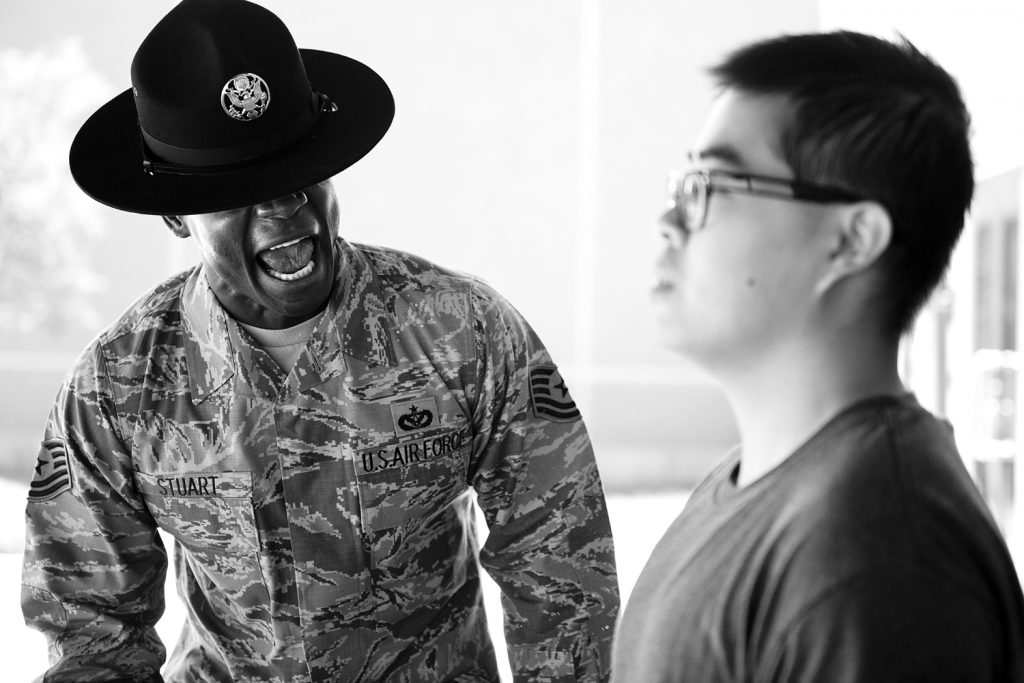
Source
5. Delegating – Have there been any incidences where you did not delegate? What was the result / what happened?
This gives the person a chance to be honest and tell you about an incident where things did not go according to plan. How they were able to rectify the problem or solve the issue at hand.
Was this a once off occurrence or did happen again? Did they learn from their mistake and learn how to prevent this from happening in future projects? Delegation is a key duty as I mentioned in my last “Did You Know – Project manager duties” that was published a few days ago and yes, I agree, it does seem like I write a lot 😉
You want to hire a project manager that can handle work overload and knows how to delegate!
“If you want something done right, you have to do it yourself. This is why I do everything myself and never delegate” – This would be another incorrect answer and clearly not someone we are looking for.
6. Job Criteria – What is this person looking for in a job? (is it the money, work experience or lifetime career, travelling abroad which is much needed time away from the kids??) – kidding.
We ask this to see what a person is looking for in a job, their reasoning for applying for particular jobs. Are they applying for this position to further their project management career? Is it the big brand or name of the company that attracted them? Is it the money?
Hopefully, the person would say that they have always wanted to work for the company (with stars in their eyes) and that they could learn a lot from the company as well as teach or give a lot back
If they say “I’m in it for the money”– this could be seen as bad and maybe even good. Some people are money hungry and that may not be bad because they may be willing to work harder for more money – but this isn’t always true. They might also jump from job to job depending what the salary is.
I just think it would be better to have someone that is absolutely super keen to work for your company and knows a lot about it.

Source
7. Problem solving techniques – do they have any? What are they?
Here they get a chance to brag about their awesome skills as a project manager or lack thereof.. Or maybe they carry on and on about how awesome they are, and how big their ego is and how they can do anything by themselves because they are Superman and say “Don’t worry I got this” – a lot.That’s awesome but we are not looking for the son of Krypton Susan!!

Source
8. Authority and Respect – How do you work with others more senior than you such as managers?
“I don’t bother them because I know what I’m doing and don’t need advice.”Wrong again Susan. You need to keep them up to date with the project and how its progressing. If the time line is being met and everything is running smoothly and still on track to be a successful project.
You need to be able to work well with managers and people more senior than you. You need to be able to have build and maintain relationships – it’s one of the job requirements.

Source
9. Ethics – Have you ever had to make an ethical decision on one of your projects?
Are they aware of the legalities, codes and ethics as a project manager?
“I awarded a contract to my mate once and we split the profit” is not something you want to hear and definitely NOT legal. And NO… You cannot now become buddies with Susan hoping that you can award projects and split the money 3 ways. Just don’t.

Source
10. Impact / improvement – have you improved the project management processes at your current job and if so – how? Ask them to elaborate on their answer.
This will show you if the person has had the guts to approach management with their innovative ideas and if they’ve come up with suggestions for improvements. Someone with ideas and who isn’t afraid to put them forward.

Source
and the BONUS question is…. wait for it…
11. Doughnuts – will you be providing these??
HIRED!!

Source
I started my journey at Leads 2 Business in the Directory Department in 2012. I was then promoted to the Private Projects Department in 2014 and was recently promoted to Projects HOD this year.


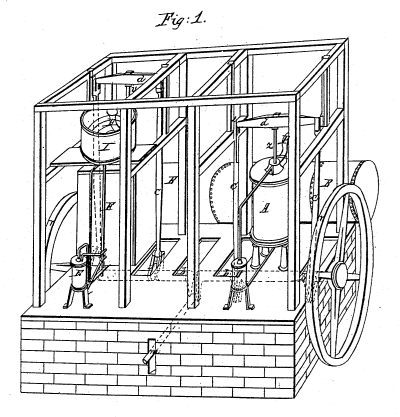

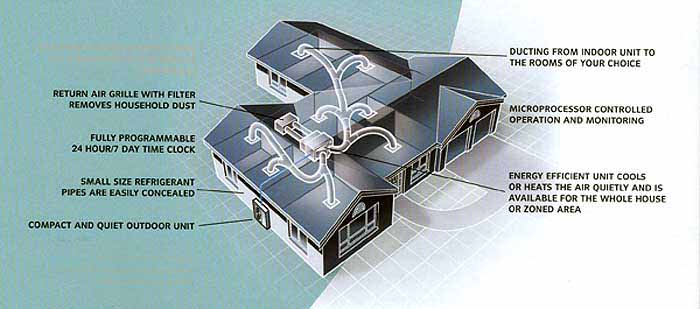











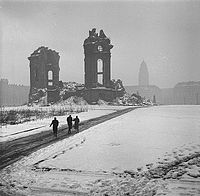
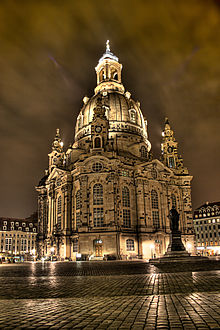
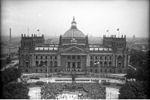

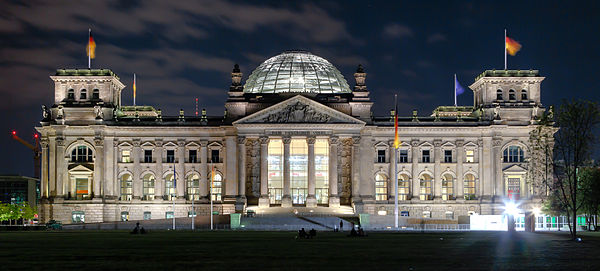

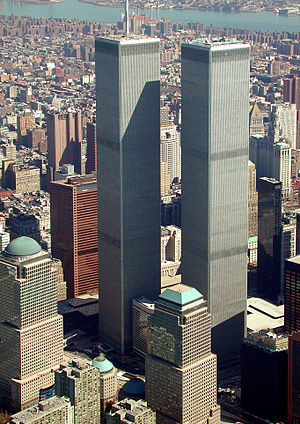

 honour the thousands of innocent men, women, and children murdered by terrorists in the horrific attacks of February 26, 1993 and September 11, 2001.
honour the thousands of innocent men, women, and children murdered by terrorists in the horrific attacks of February 26, 1993 and September 11, 2001.